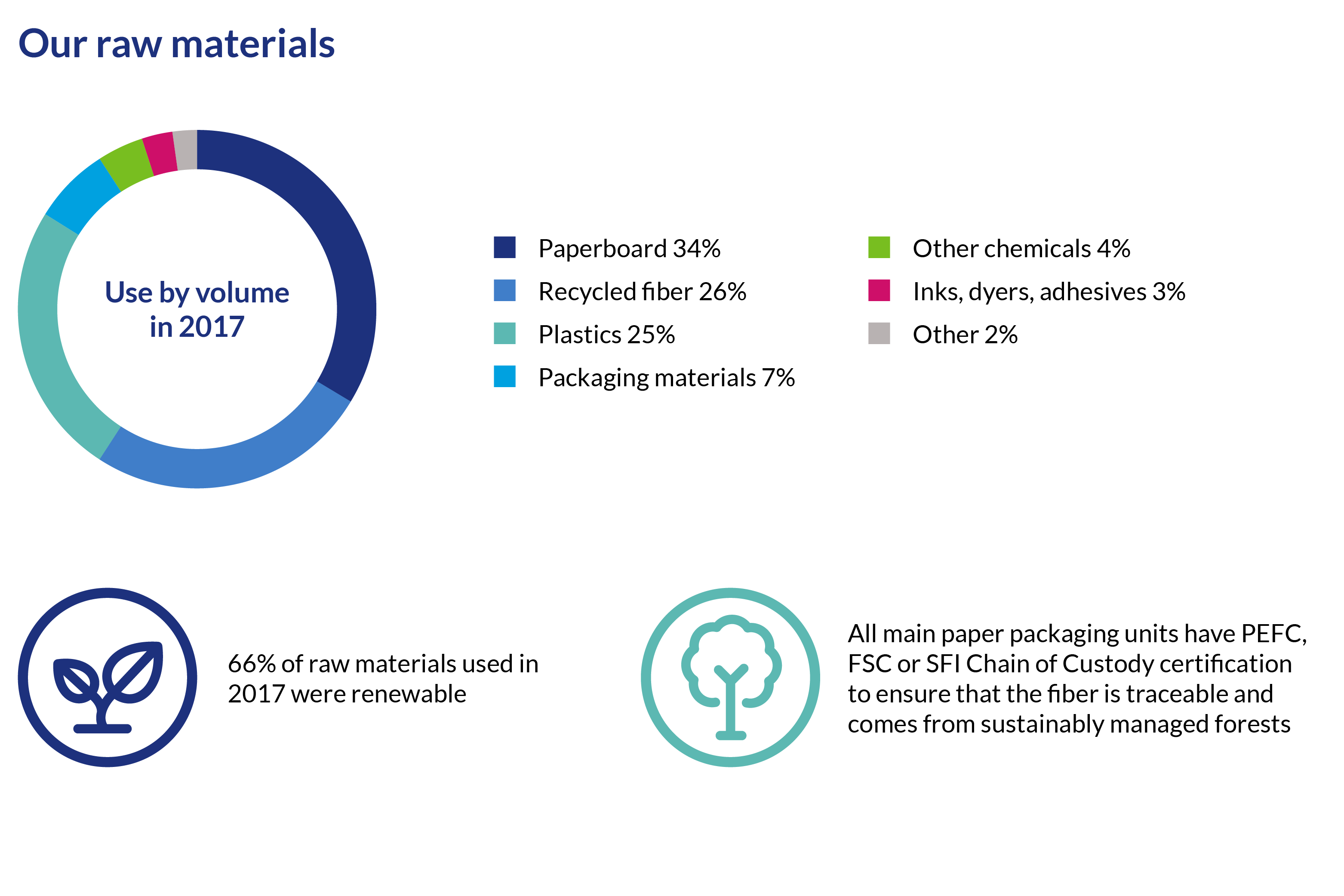Updated on November 21
The European Union is proceeding with the new single-use plastic (SUP) directive, which addresses the important issues of littering and marine pollution and has the additional objective to stimulate Circular Economy.
The proposal bans certain items such as plastic straws and plastic cutlery and calls for increased product markings and producer responsibility. It also requires consumption reductions of single use plastic cups, plates, and food containers. In the current preparation these categories also include a wide range of paperboard product. This is due to the thin lining, typically up to 10% of product material which acts as a barrier layer attached to the surface of the material for food and consumer health and safety.
We see that paperboard foodservice cups and containers with recyclable polymer-coating and polymer-lining should be excluded from the SUP directive.
Foodservice products made of paperboard can replace wholly plastic products and are currently the best performing alternative to plastic products as the required consumer protection, hygiene and food safety can only be achieved with plastic lining. Today, a safe and technically viable solution does not exist yet. The paperboard and the remaining plastic lining can be separated and recycled or composted depending on the polymer used. We propose increasing use of renewable materials, better collection and recycling in order to maintain food safety.
Published on October 18
The alternative to plastic packaging - fiber-based paperboard packaging – is at risk
-
Huhtamaki supports the work on climate change and the legislative guidance for responsible consumption, littering prevention and recycling.
-
We already have majority of our foodservice products made of renewable and recyclable materials, where paperboard represents typically more than 90% of the material.
-
EU Commission proposal on single use plastics threatens to act against its purpose in restricting the recyclable products, which typically include only 5-10% plastic and can replace wholly plastic products.
-
We thus urge for excluding the recyclable polymeric-coated and polymer-lined paperboard from the definition of plastic in order to secure well-performing and sustainable packaging in Europe.
The EU Commission proposal on Single Use Plastics (SUP Directive) requires consumption reductions of single use plastic cups, plates, boxes and other food containers. In the current proposal this group includes also a wide range of food packaging made of paperboard. This is due to the thin barrier layer attached to the surface of the material for food and consumer safety. Today, the required safety properties can only be achieved with plastic lining – bio or fossil based.
Huhtamaki supports legislative guidance for responsible consumption, littering prevention and recycling. However, we are concerned that the Commission’s latest proposals will lead to undesired outcomes.
Risk for slowing down economic growth and compromised food safety
Food packaging enables the food retail and foodservice sectors to serve their customers by increasing accessibility, reducing food waste and protecting consumer health. The foodservice sector alone accounts for 5 to 10% of gross domestic product in Europe. It grows at the rate of 5% annually and employs millions of people. The proposals would shrink the foodservice sector and lead to significant job losses. It could also lead to an increase in lower quality imports from outside the EU.
Our role as a food packaging manufacturer is to make sure food reaches consumers safely and efficiently. We carry the utmost producer responsibility and comply with EU-level and national regulation and legislation. Restrictions on single use packaging can lead to risks in hygiene and food safety, which should be properly considered.
Develop fiber-based paperboard packaging for foodservice and focus on collection and recycling
Today, the majority of the single use cups, plates, boxes and other foodservice containers in Huhtamaki’s product range are made of renewable and recyclable fiber-based materials. In these products, paperboard represents typically more than 90% of the total raw material and plastic-based barrier is the remaining 5-10%. These materials can be separated and recycled.
Recyclable polymeric-coated and polymer-lined paperboard should be excluded from the definition of plastic. The directive should not hinder the use and development of this renewable and recyclable raw material in Europe and leave the foodservice sector without a well-performing packaging solution.
Coated paperboards, which are both recyclable and are being recycled across Europe, typically include less than 10% plastic, and can replace wholly plastic products. They reduce plastics consumption significantly and replace many plastic products with fiber from sustainably managed forests. Sustainably managed forests play a role in addressing climate change.
We continue innovating with paperboard manufacturers, chemical industry and our customers in order to find alternative barriers to plastic and manufacture the best possible food packaging.
A closer legislative guidance will help increase recycling rates and speed up innovation. Regardless of the materials chosen to produce foodservice packaging, their collection and recycling needs to increase, and the required infrastructure should be prioritized.
It is important not to categorize foodservice packaging for consumption reduction measures but to work for increasing collection and recycling through the entire value chain.
We believe it is entirely possible to achieve a proposal that delivers a higher level of ambition without the unintended consequences we have outlined. Also, we call for more coherence between SUP and the Packaging and Packaging Waste Directive.

